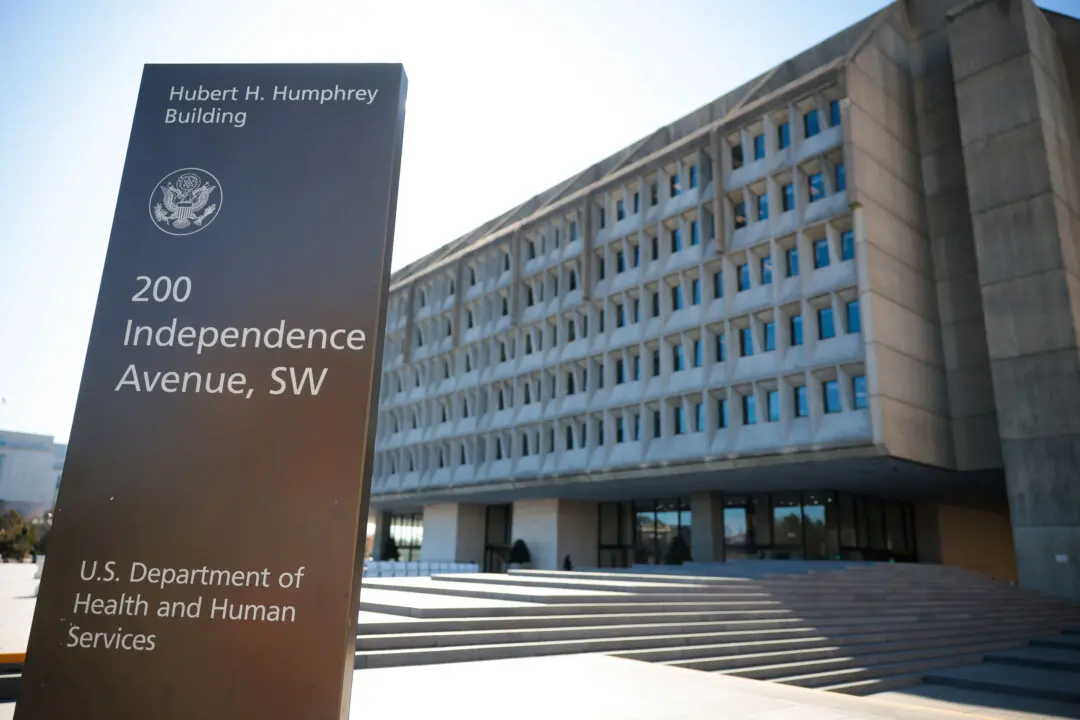Hurricane Walaka wiped out East Island, an atoll in northwest Hawaii, scientists confirmed after comparing satellite images before and after the storm.
The island, in the French Frigate Shoals, was around half a mile long and 400 feet wide, coming in at 11 acres total. It was about 550 miles northwest of Honolulu.




